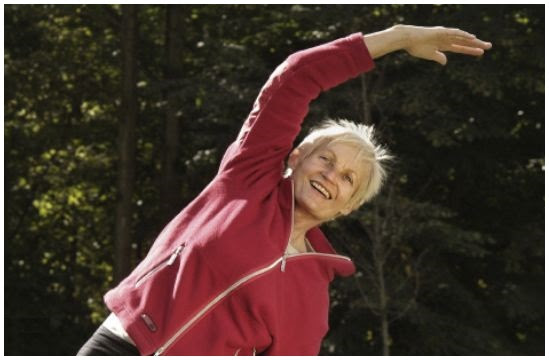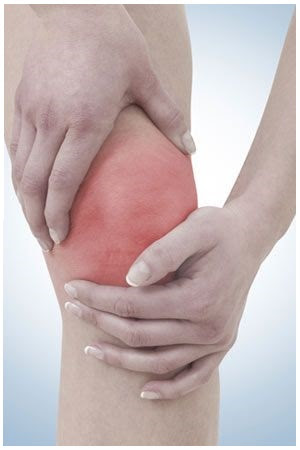Beat Summer Fatigue with these Natural Energy Boosters
Stretch
Stretching has been proven to increase blood flow to the body and help it function better. The additional blood flow supports the body systems which increases energy and stamina. Stretching helps to provide relaxation and reduces the risk of injury.

Wind Down
About one hour before bed turn off the TV, put work away, take a warm bath and journal your day. This will allow your body to prepare for a restful night’s slumber. By winding down before bed you will sleep better and wake up more energized.
Breathe
When you begin to feel stressed during the day, just breathe. Find a comfortable position by leaning back in your chair and place your hands on your abdomen. Inhale for four counts. Your abdomen should rise as you inhale. Exhale very slowly for eight counts. Do this inhale/exhale exercise until you feel the stress leave your body. Deep breathing will help to bring a higher level of energy, focus and concentration.
10 Minute Walk
Working in front of a computer for eight hours a day can be a big energy drainer. Create the habit of periodically taking a 10 minute walk. As you walk reflect on all of the things and people in your life you are thankful for. Doing this everyday will be a mental and physical energy builder. You may burn a few calories as well.
Get Some Sun.
In a landmark study, scientists at the University of Edinburgh in the UK suggest that time in the sun lowers blood pressure and improves overall health. According to Phil Rice, a virologist at St. George's Hospital, University of London - sun exposure can prolong life and prevent infectious disease.
Be Well Adjusted
In addition to all these simple energy boosters, a periodic chiropractic adjustment has been shown to improve energy and stamina allowing you to perform at an optimal level of health and function. If it has been a while since you’ve received a chiropractic wellness adjustment we encourage you to call our office and schedule an appointment.
****Disclaimer: This content is solely for informational purposes and should not be substituted for medical or chiropractic advice. It is recommended that you seek professional advice by a licensed health care professional.
Scott Chiropractic and Wellness
Matthew Scott, DC
5080 Virginia Pkwy Ste 550
McKinney, TX 75071
(972) 540-5445
 The first thing you should do is to apply ice over the painful, swollen areas. You can simply apply a bag of crushed ice over the ankle and use an elastic bandage to secure the ice in place.
The first thing you should do is to apply ice over the painful, swollen areas. You can simply apply a bag of crushed ice over the ankle and use an elastic bandage to secure the ice in place. This talus misalignment will cause pressure between the two lower leg bones. As a result the fibula will splay apart from the tibia. This slight spreading apart of the two lower leg bones will cause significant stress and strain on several of the muscles and supporting soft tissues in the leg and calf.
This talus misalignment will cause pressure between the two lower leg bones. As a result the fibula will splay apart from the tibia. This slight spreading apart of the two lower leg bones will cause significant stress and strain on several of the muscles and supporting soft tissues in the leg and calf. The average person walks several thousand steps each day. A sedentary person may only walk a couple thousand steps but an active person could easily walk over 10,000 steps each day.
The average person walks several thousand steps each day. A sedentary person may only walk a couple thousand steps but an active person could easily walk over 10,000 steps each day.


 The knee is a “hinge joint” similar to the hinge on a door. Unlike the hip or shoulder joints, which move in multiple planes of motion, the knee is designed to only move in one plane (flexion and extension). Because of its limited range of motion, the knee is vulnerable when the ankle, leg or hip becomes abnormally rotated or misaligned.
The knee is a “hinge joint” similar to the hinge on a door. Unlike the hip or shoulder joints, which move in multiple planes of motion, the knee is designed to only move in one plane (flexion and extension). Because of its limited range of motion, the knee is vulnerable when the ankle, leg or hip becomes abnormally rotated or misaligned.

 If you have been diagnosed with CTS or suffer from one or more of those hand symptoms, please call our office to get checked out.
If you have been diagnosed with CTS or suffer from one or more of those hand symptoms, please call our office to get checked out. 1. Eat breakfast every day
1. Eat breakfast every day